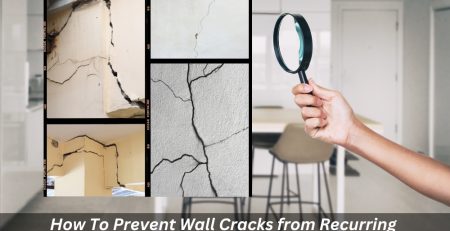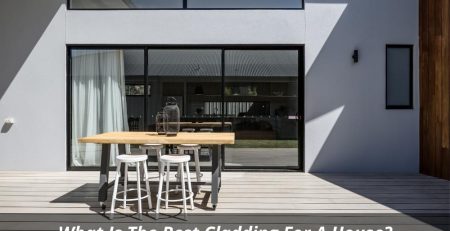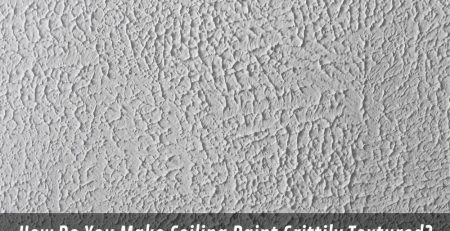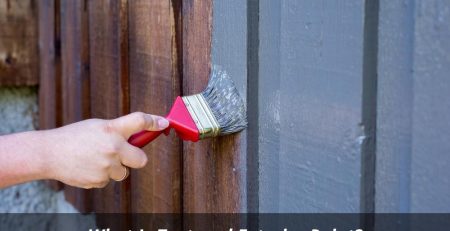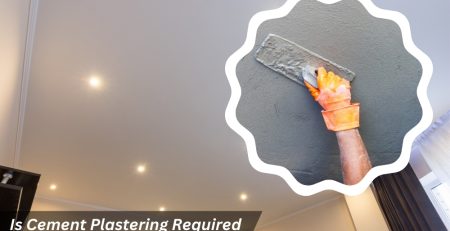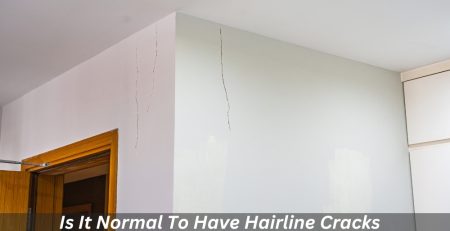What Are The Best Cladding Materials For Commercial Spaces?
Choosing the best cladding materials is essential for creating a stunning and functional facade for your commercial building. These materials enhance the building’s aesthetics and contribute to its durability, energy efficiency, and overall comfort.
What is cladding, and why is it important for commercial spaces?
Cladding is the outer layer of a building, similar to the skin on our bodies. It protects the building envelope from the elements, contributes to energy efficiency, and plays a significant role in the overall aesthetics. Here are some key benefits of cladding for commercial buildings:
- Durability and weatherproofing: Cladding shields your building from rain, wind, sun, and even hail, extending its lifespan and minimising maintenance costs.
- Energy efficiency: Certain cladding materials can insulate your building, reducing heating and cooling needs.
- Aesthetics and branding: Cladding allows you to create a unique and stylish facade that reflects your brand identity and attracts customers.
- Fire safety: Some cladding materials offer superior fire resistance, keeping occupants safe.
What are the most popular cladding materials for commercial buildings?
A wide range of cladding materials are available, each with its advantages and drawbacks. Here are some of the most popular choices:
- Metal cladding: A classic and versatile option, metal cladding offers durability, a sleek modern look, and fire resistance. Popular choices include aluminium, steel, copper, and zinc.
- Fibre cement cladding: This engineered material combines the look of natural materials like wood or stone with the low maintenance of cement. It’s fire-resistant, durable, and weatherproof.
- Acrylic rendering: This smooth and stylish option offers excellent weatherproofing, comes in various colours, and reflects sunlight, contributing to cooler interior temperatures.
- Polystyrene cladding: This lightweight and affordable material is a good insulator and provides design flexibility. However, it may not be as durable as other options.
In Australia, the National Construction Code (NCC) outlines specific requirements and standards for exterior wall cladding materials, ensuring compliance with building regulations.
How does the choice of cladding material impact energy efficiency?
Cladding can significantly impact your building’s energy consumption. Here’s how:
- Insulation: Materials like polystyrene and fibre cement can provide good insulation, reducing the need for heating and cooling.
- Reflectivity: Light-coloured cladding, mainly acrylic render, reflects sunlight, keeping the building cooler in summer and lowering air conditioning costs.
- Airflow: Some cladding systems allow for natural ventilation, reducing reliance on air conditioning.
What factors should you consider when selecting cladding materials?
Choosing the correct cladding material for your commercial space depends on several factors:
- Budget: Costs vary significantly between materials. Consider your budget and the long-term cost-benefit of each option.
- Desired aesthetics: What kind of image do you want to project? Modern, classic, or something unique?
- Climate: Different materials perform better in certain climates. Consider factors like heat, rain, and wind.
- Building codes and regulations: Ensure your chosen cladding material complies with local building codes for fire safety and other requirements.
- Maintenance requirements: Some materials require minimal maintenance, while others need regular cleaning or repainting.

How do different cladding materials perform in various climates?
Here’s a quick guide to how some popular cladding materials perform in different climates:
- Hot and sunny: Metal cladding can reflect heat, while acrylic render can help regulate interior temperatures.
- Cold and wet: Fiber cement cladding is durable and resists water damage.
- Coastal areas: Cladding materials like metal with a protective coating resist salt corrosion.
What are the latest trends in cladding materials for commercial spaces?
The world of cladding is constantly evolving, with new trends always emerging. Here are a few hot picks:
- Sustainable materials: Recycled plastic composites and wood alternatives are gaining popularity for their eco-friendly properties.
- Textured finishes: Cladding with a textured finish adds visual interest and can create a unique aesthetic.
- Large format panels: These large panels create a seamless, sleek look for modern buildings.
How can you ensure proper installation of cladding materials?
Proper installation is crucial to ensure the long-term performance of your cladding. Here are some tips:
- Hire experienced professionals: Choose a licensed and qualified cladding contractor familiar with your material.
- Check references and certifications: Ensure the contractor has a good reputation and is certified to install the specific cladding system.
- Get a detailed quote: The quote should outline the materials, installation process, and warranty.
- Inspect the work: Do a thorough inspection upon completion to ensure the cladding is installed correctly.
What are the long-term benefits of investing in quality cladding?
Investing in quality cladding can provide significant long-term benefits, including:
- Increased property value: A well-maintained, attractive facade can increase the value of your commercial property.
- Reduced maintenance costs: Durable cladding materials can withstand the elements, reducing the need for repairs and replacements.
- Improved energy efficiency: Efficient cladding can reduce utility bills and environmental impact.
- Enhanced curb appeal: A visually appealing building can attract more customers and create a positive impression.
- Improved safety: Fire-resistant cladding can protect your building and occupants from potential hazards.

Enhance your commercial space with professional cladding services
If you’re looking for a reliable and experienced cladding contractor in Sydney, Jims Rendering Sydney is your go-to choice. With years of experience in the industry, we specialise in high-quality rendering and cladding services, including:
- Acrylic rendering: A smooth and stylish option for a modern look.
- Cement rendering: A durable and versatile material suitable for various architectural styles.
- Polystyrene cladding: We offer professional polystyrene cladding services, a lightweight and energy-efficient solution for commercial spaces.
- Wall crack repairs: Expert repairs to prevent further damage and maintain the integrity of your building.
Get a quote from Jims Rendering Sydney, and let’s discuss how we can transform your commercial space.


